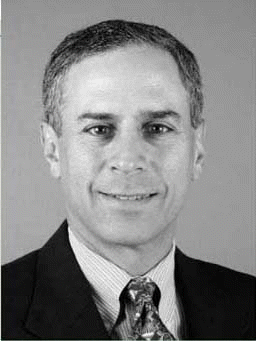Dr. Gentile uses an approach called multimodality aesthetic skin rejuvenation that takes into consideration both the number of different treatment modalities available and recovery time intolerance. In this approach, more than one modality may be used to treat a given problem.
Explore This Issue
August 2006The age-old quest for the fountain of youth has taken many turns. Once relegated to the realm of myth and story-a sort of Holy Grail-it has entered modern life with a vengeance, arming the seekers on this quest with new tools to find youth in age by peeling, lasing, abrading, and filling. Current techniques in skin resurfacing and rejuvenation are making it possible for more people to keep face against the travails of time. Where once chemical rejuvenation for ravages of the sun and age-related skin changes and dermabrasion for deep acne scarring were the main modes of returning an aging or damaged face to a more youthful glow, now a plethora of techniques are available.
Among the challenges posed to plastic surgeons and otolaryngologists is how to choose which modality is the best for an individual patient given the type of skin problem, relative efficacy of different modalities to treat that problem, patient preference, and cost of treatment-both in terms of money and time it takes for healing.
Usually, [treatment choice is] an incremental thing, where you start with something very minimal and then build up over time and you stop when the patient is happy. – Ira Papel, MD
Wide Range of Nonsurgical Techniques Available
A number of nonsurgical techniques to repair damaged, scarred or aging skin on the face and neck are currently available, including chemical peels, laser resurfacing, botulinum toxin type A (Botox), dermabrasion, filler agents, thermage (or radiofrequency), and plasma energy. According to Fred G. Fedok, MD, Chief of Otolaryngology-Head and Neck Surgery at the Milton S. Hershey Medical Center of Penn State University College of Medicine, these techniques have a varied history and have some varied application. He continued, all, however, obtain their favorable results via the body’s ability to respond to injury with collagen deposition, cellular growth, and remodeling.
To help choose which technique may be best for a given condition, different ways of classifying the techniques have been proposed. One way is to classify treatment based on the objective desired (see chart, below). Another is by the type of intervention used to treat a specific defect (see chart, bottom right).

Leave a Reply